Singapore celebrates bicentennial with series of architectural pavilions

For many Singaporeans, the history of their nation more or less began when the British East India Company, under the aegis of one Stamford Raffles, set up a trading post on the island in 1819. Timely then that organisers of the bicentennial have pushed the date marker back a further 500 years to explicitly include Singapore’s trading and political relationships with the Srivijaya, Majapahit and Ayutthaya empires.
The centerpiece of the celebrations and revised timeline is the Pathfinder, a series of eight pavilions and installations on Fort Canning – a thickly jungled hillock on the edge of Robertson Quay and the site of the first 14th-century royal palace.
Constructed of thin white steel lattices, the pavilions were conceived by local studio Zarch Collaboratives to ‘de-museumify’ its contents of ancient artefacts and botanicals. The kinetic façade of the House of Maps, for instance, mimics wind-driven sails, a particularly effective semaphore for the maritime trade that has dominated this part of the world for the last 700 years.
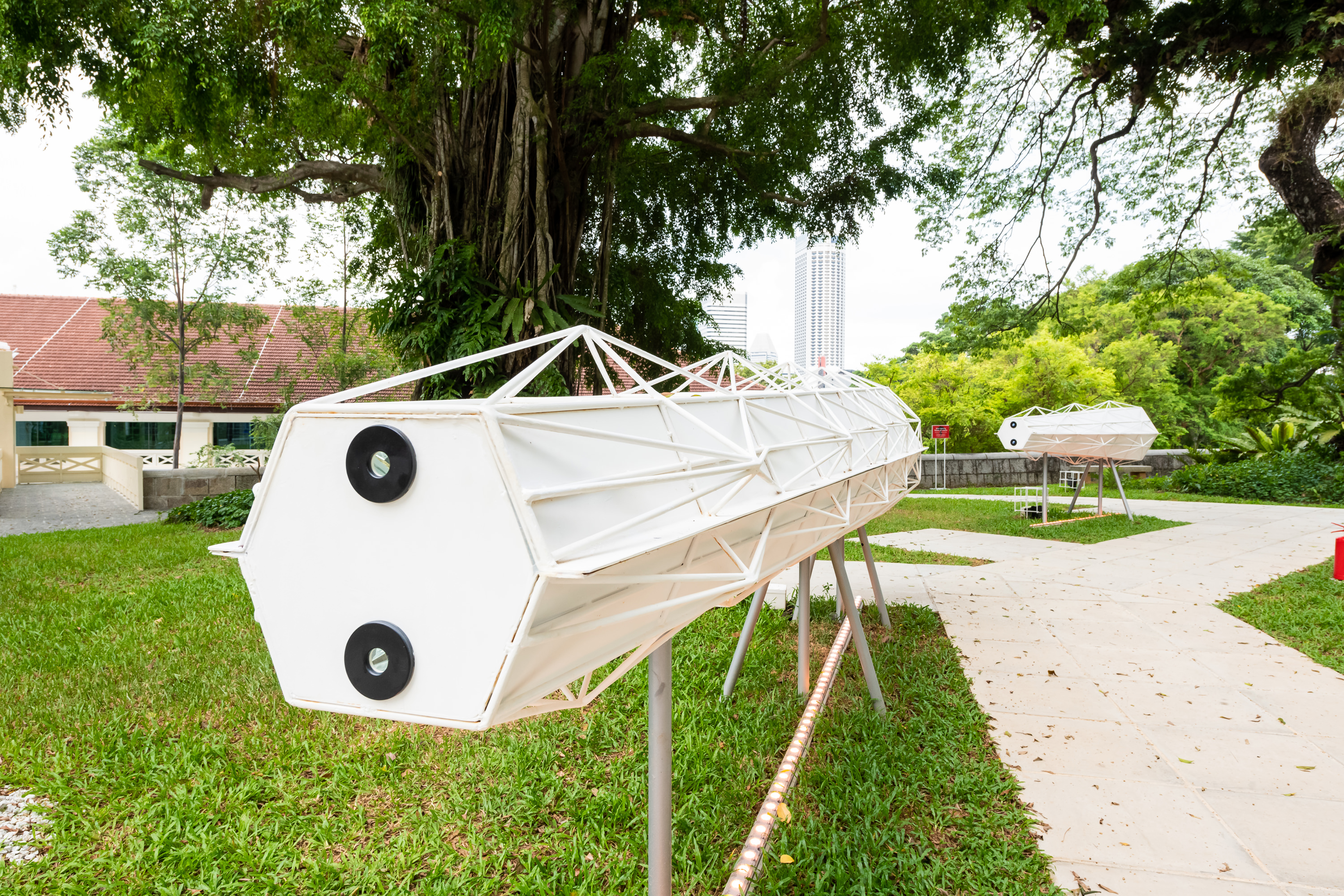
Given the lush park setting, says Zarch’s principal, Randy Chan, ‘our ambition was to create a lightweight and immaterial form that becomes one with its surroundings. Architecturally, this challenge involved the prototyping of materials and forms which could create transparency, but, which, at the same time, offer enclosed areas for the protection of artefacts from the weather.’
Following a survey of the old fort’s light conditions using scale models and 3D renderings, the studio settled on the lattice design which was then welded into a volumetric grid. ‘With no definitive edges, the pavilions appear almost translucent from afar, seamlessly merging within its green surroundings,’ says Chan, adding that mirrored acrylic panels further de-materialise the form through reflections of the park, whilst providing shelter.
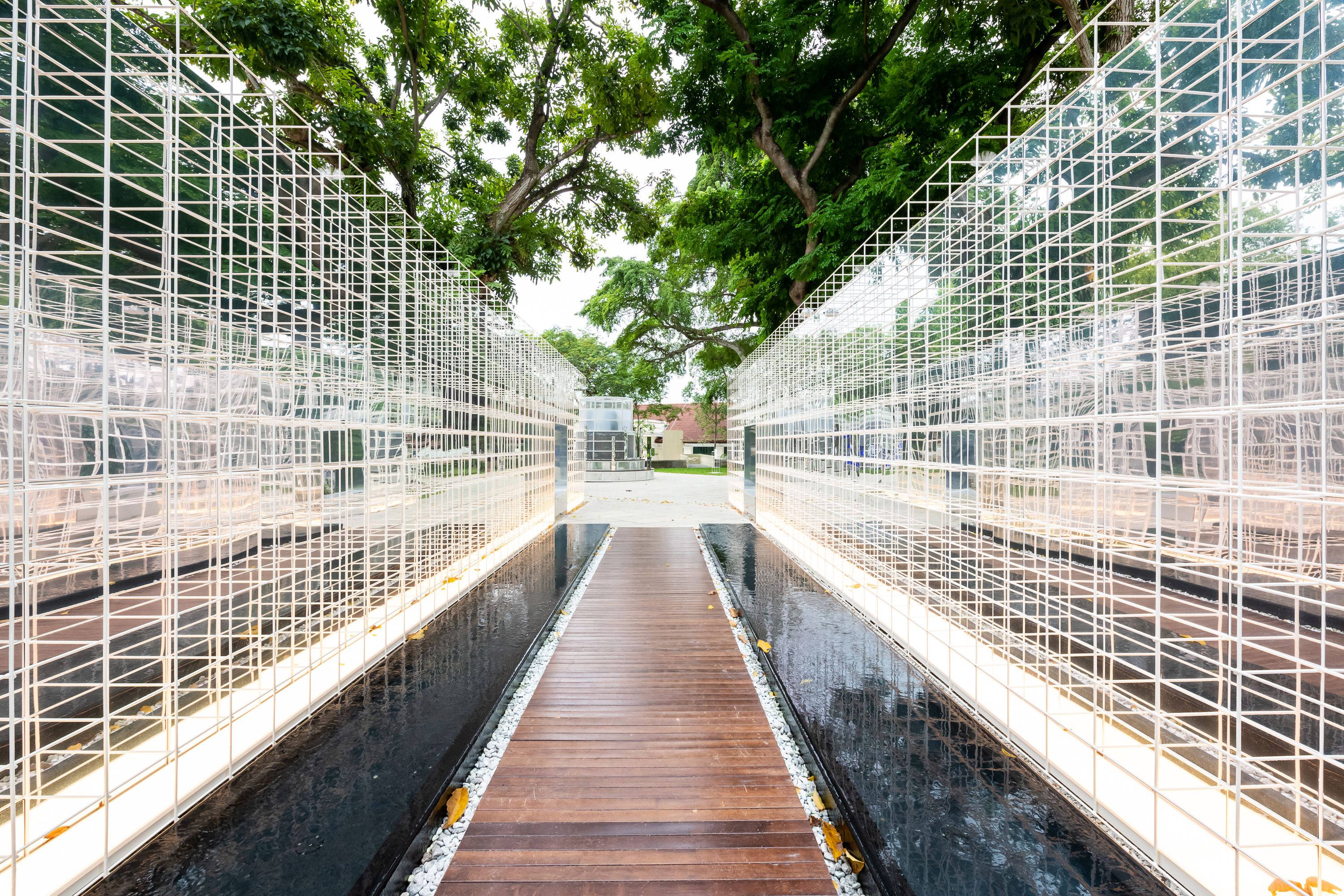

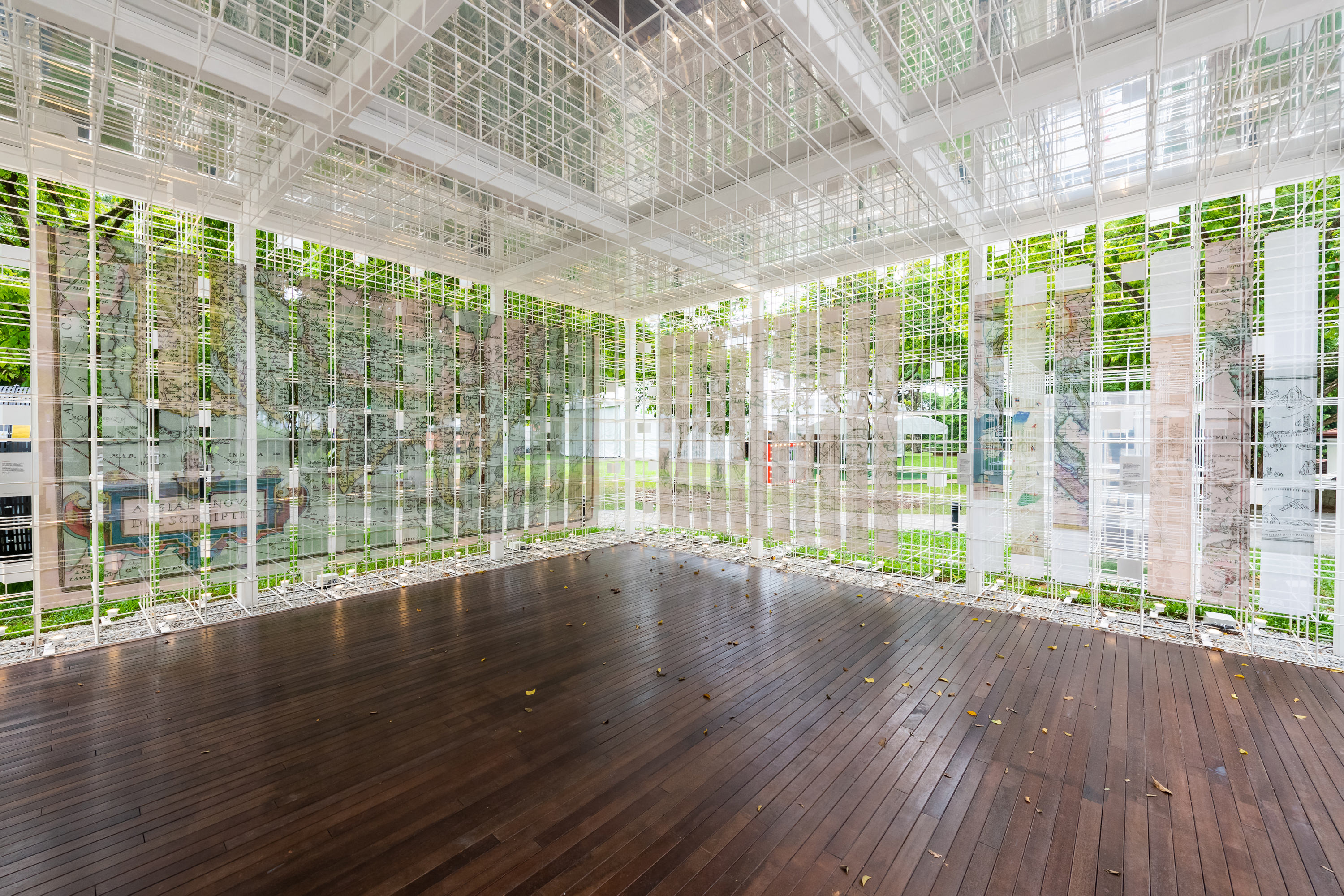
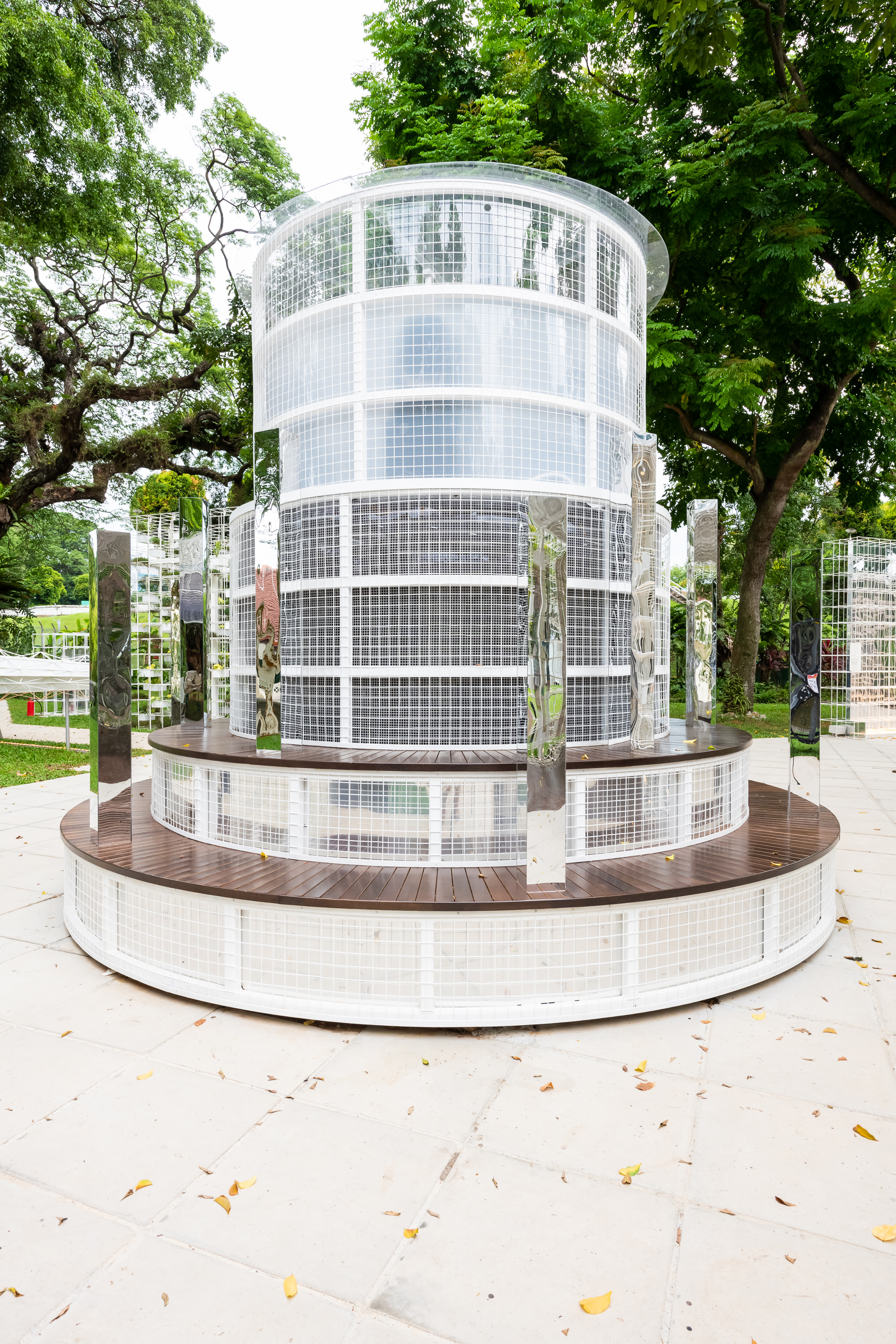

INFORMATION
Receive our daily digest of inspiration, escapism and design stories from around the world direct to your inbox.
Daven Wu is the Singapore Editor at Wallpaper*. A former corporate lawyer, he has been covering Singapore and the neighbouring South-East Asian region since 1999, writing extensively about architecture, design, and travel for both the magazine and website. He is also the City Editor for the Phaidon Wallpaper* City Guide to Singapore.
-
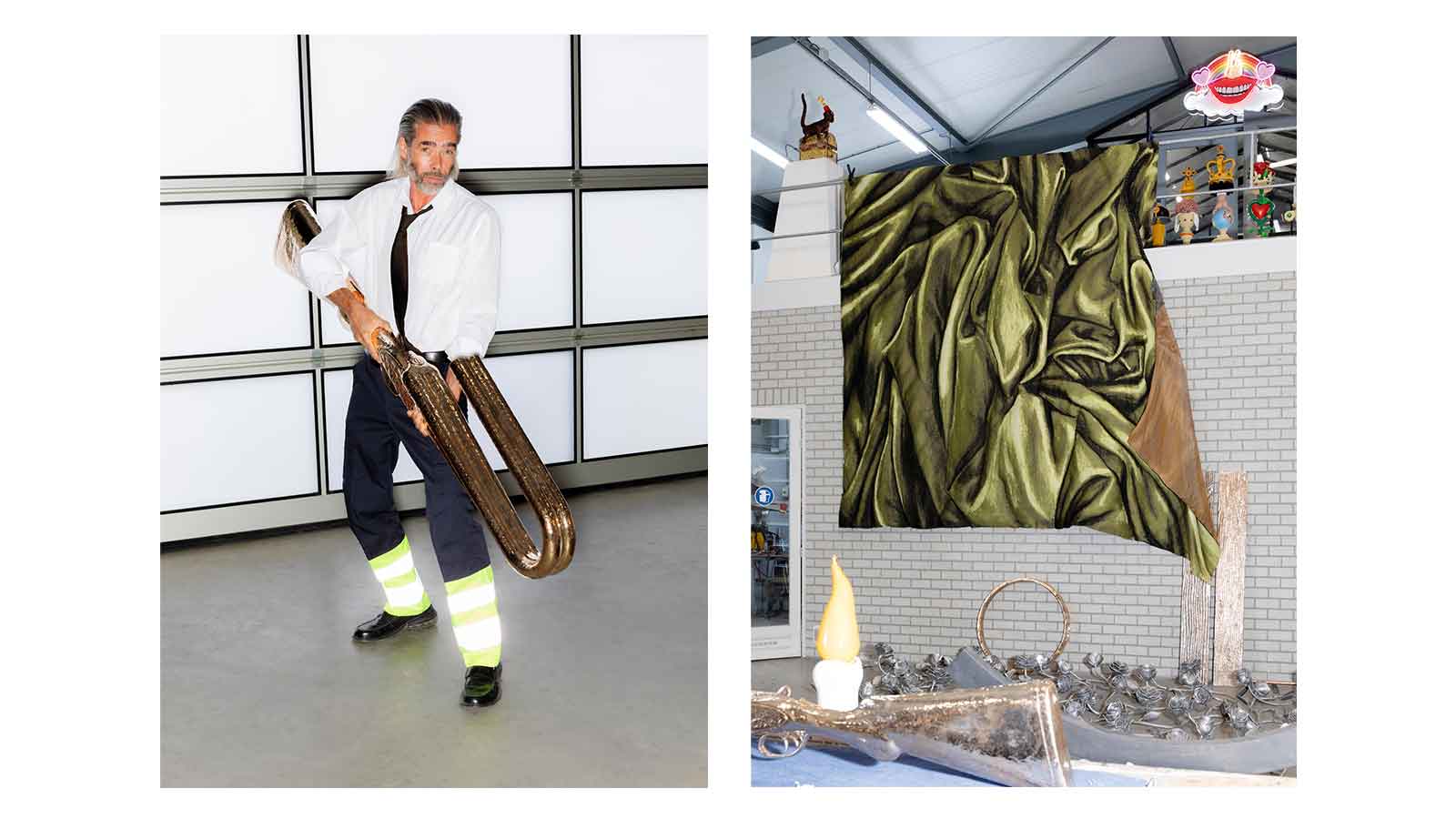 Studio Job’s House of Delft is the Netherlands’ biggest, craziest artwork
Studio Job’s House of Delft is the Netherlands’ biggest, craziest artworkDesigner Job Smeets of Studio Job invites us into his atelier to see work in progress for his surreal 2,000 sq m ode to the Dutch city of Delft
-
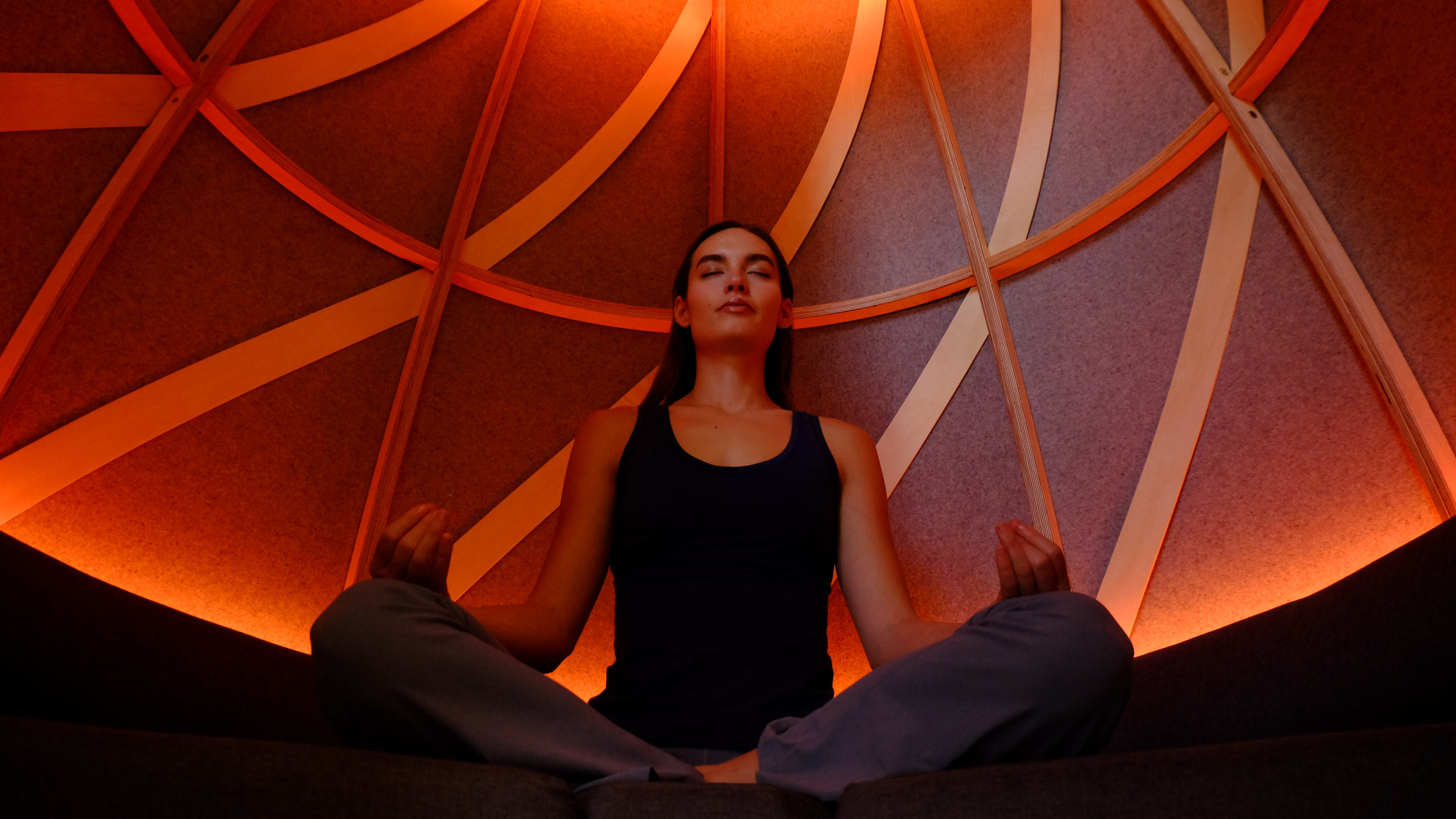 Fuseproject and Tuux join forces to create a womb-like meditation retreat for the workspace
Fuseproject and Tuux join forces to create a womb-like meditation retreat for the workspaceThe Iris Meditation Pod from OpenSeed is a scientifically driven one-person retreat, designed to increase concentration and overall well-being
-
 Formafatal ventures deep into the Costa Rican jungle with Studio House, a spectacular retreat
Formafatal ventures deep into the Costa Rican jungle with Studio House, a spectacular retreatSet high on a forested hillside, the Studio House has far-reaching ocean views yet is completely integrated into its site
-
 Slides, clouds and a box of presents: it’s the Dulwich Picture Gallery’s quirky new pavilion
Slides, clouds and a box of presents: it’s the Dulwich Picture Gallery’s quirky new pavilionAt the Dulwich Picture Gallery in south London, ArtPlay Pavilion by Carmody Groarke and a rich Sculpture Garden open, fusing culture and fun for young audiences
-
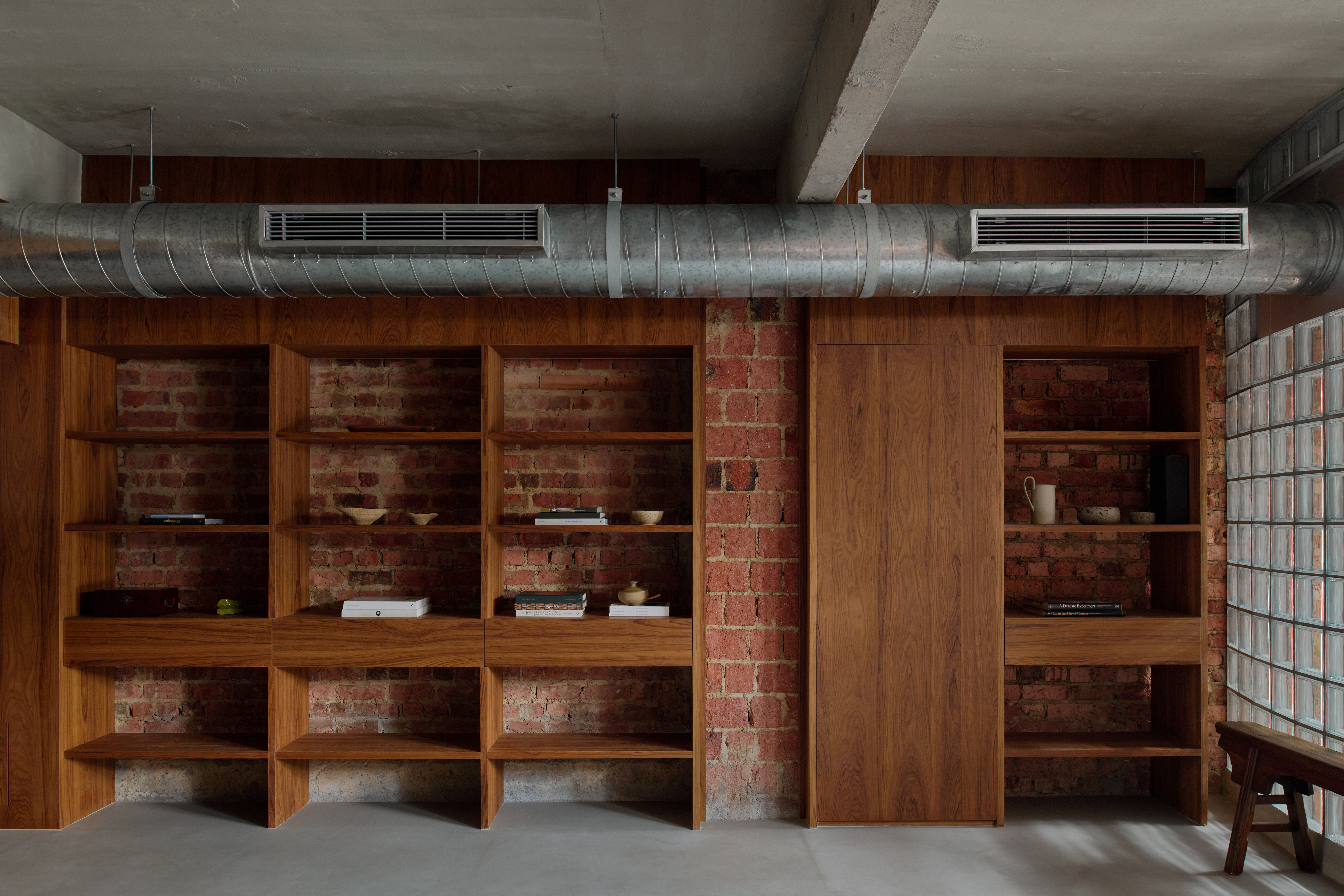 A Singapore terraced house is redesigned into owner’s ‘last home’
A Singapore terraced house is redesigned into owner’s ‘last home’‘My last home’ is a Singapore terrace redesign by L Architects, who spruced it up by adding texture, rawness and atmosphere
-
 Lego and Serpentine celebrate World Play Day with a new pavilion
Lego and Serpentine celebrate World Play Day with a new pavilionLego and Serpentine have just unveiled their Play Pavilion; a colourful new structure in Kensington Gardens in London and a gesture that celebrates World Play Day (11 June)
-
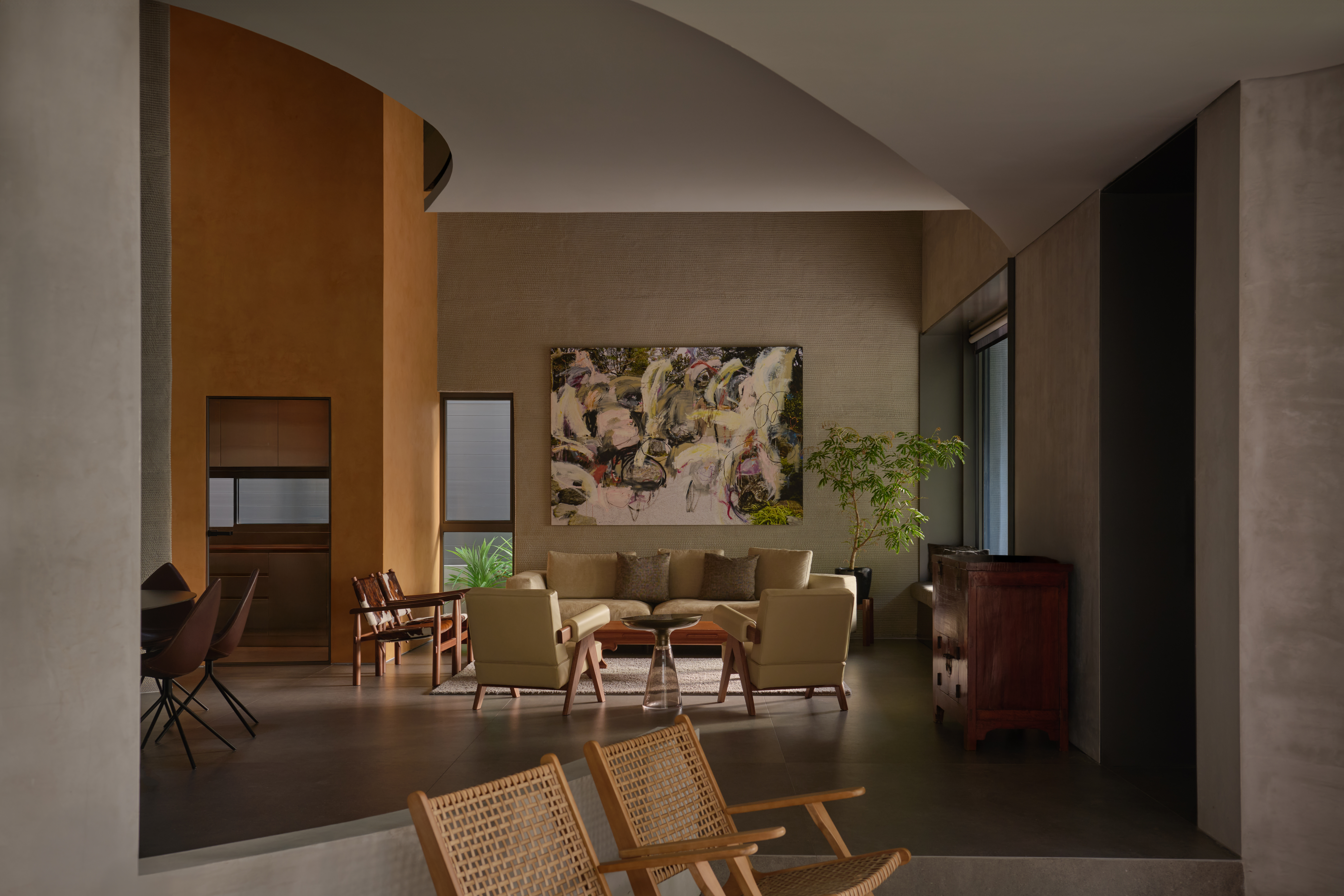 Inside Singapore's first 3D-printed concrete house
Inside Singapore's first 3D-printed concrete houseThe building presents an elegantly minimalist model for the future of mainstream construction
-
 The Serpentine Pavilion 2025 is ready to visit, ‘an exhibition you can use’
The Serpentine Pavilion 2025 is ready to visit, ‘an exhibition you can use’The Serpentine Pavilion 2025 is ready for its public opening on 6 June; we toured the structure and spoke to its architect, Marina Tabassum
-
 2025 Serpentine Pavilion: this year's architect, Marina Tabassum, explains her design
2025 Serpentine Pavilion: this year's architect, Marina Tabassum, explains her designThe 2025 Serpentine Pavilion design by Marina Tabassum is unveiled; the Bangladeshi architect talks to us about the commission, vision, and the notion of time
-
 Experience this Singapore apartment’s Zen-like qualities and cocooning urban haven
Experience this Singapore apartment’s Zen-like qualities and cocooning urban havenWelcome to Singapore apartment The Rasidence, a spacious, Zen-like interior by Right Angle Studio
-
 Wallpaper* Architects’ Directory 2024: meet the practices
Wallpaper* Architects’ Directory 2024: meet the practicesIn the Wallpaper* Architects Directory 2024, our latest guide to exciting, emerging practices from around the world, 20 young studios show off their projects and passion